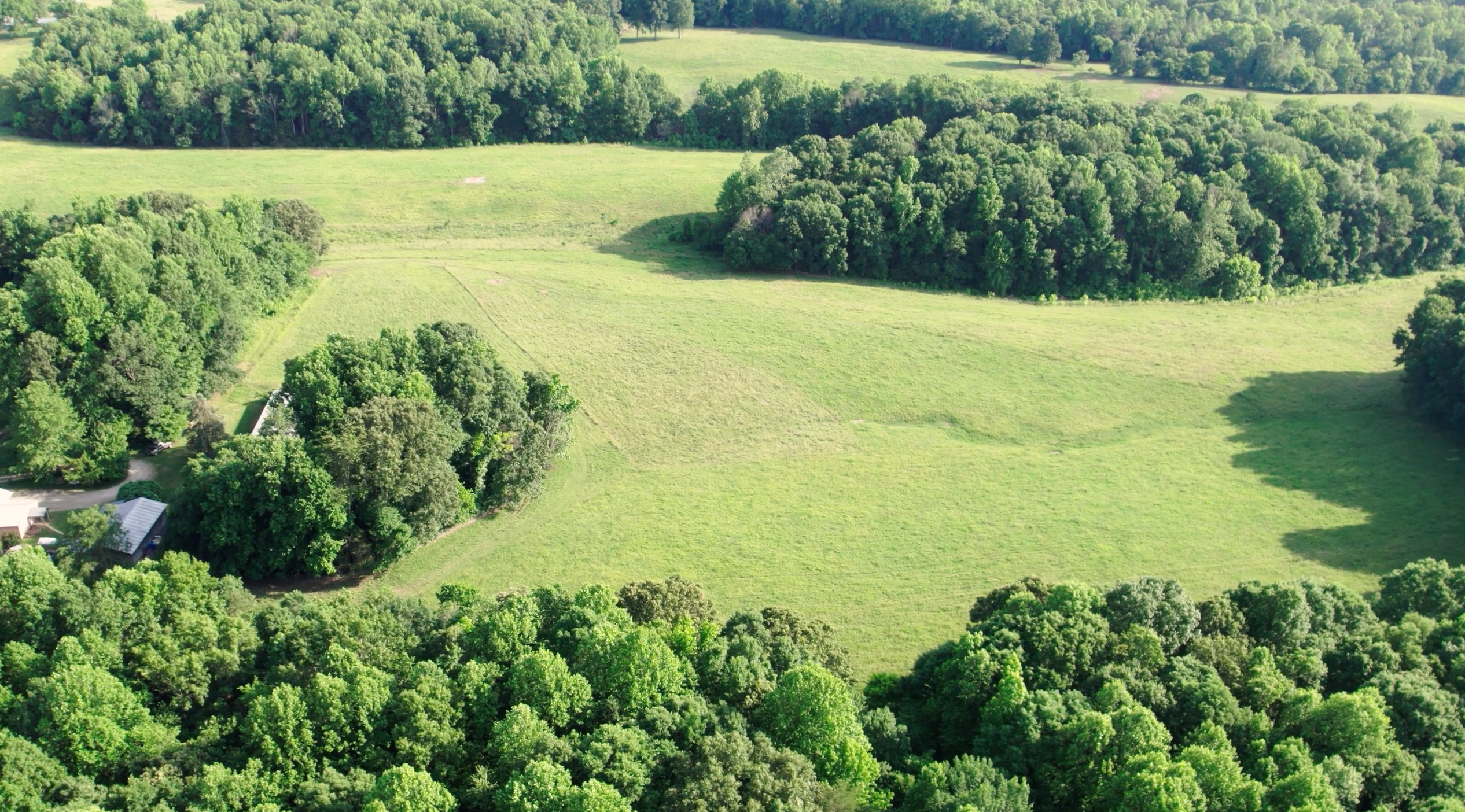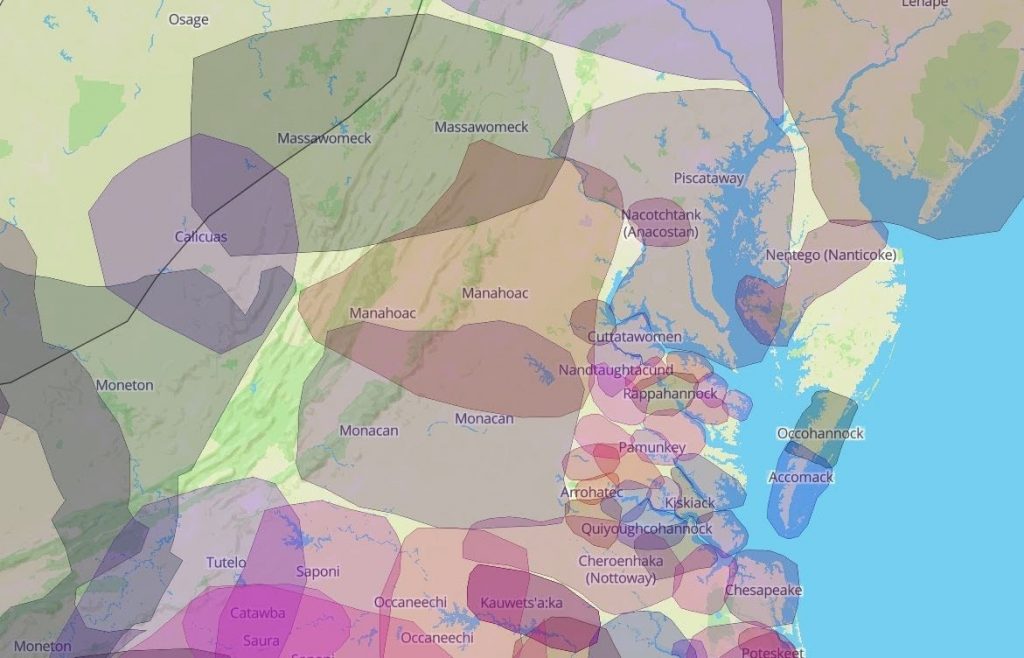Black farmers have developed countless creative and enduring responses to the challenges of discrimination and disinvestment in US agriculture. Far too many of the initiatives led by Black farmers in the past did not thrive due in part to a hostile social and political climate that devalued and discouraged their efforts. The continued work of organizations such as the Federation of Southern Cooperatives helps ensure that the innovative approaches to land ownership and agricultural production developed by Black farmers will be recognized and documented, as well as carried forward by future generations. We still have much to learn from the history of Black farmers in America.
Compiled by Sam Hyson and Jean Willoughby
RECONSTRUCTION AND EARLY 20th CENTURY
In the wake of the Civil War, ambitious land reform plans were quickly abandoned, and most Black farmers ended up as tenants or sharecroppers (with a negligible difference between the two). Loans for farm supplies secured with crop liens put many farmers, both Black and White, into a persistent state of debt. As early as the 1870s, Black farmers banded together informally to withstand pressures to sell their crops cheaply.
Between 1886 and 1932, several types of initiatives promoted Black independent farming:
- Education. The Second Morrill Act of 1980 and the work of Booker T. Washington increased Black access to agricultural education.
- Cooperatives and unions. In the 1880s and 90s, the Farmers Alliance was an important cooperative movement. A branch called the Colored Farmers’ National Alliance and Cooperative Union (CFNACU) was started in 1886, and it helped members pay land mortgages, and in 1891, organized a general cotton harvest strike. The Knights of Labor also recruited sharecroppers. Robert Lloyd Smith organized the Farmers’ Improvement Society of Texas (FIST) in 1890, a movement for Black cooperatives, which by 1900 had 86 branches in Texas, Oklahoma, and Arkansas. Outside the Alliance and Fist, informal cooperatives and church associations predominated, because formal Black cooperatives were not tolerated.
- Land purchase and resale projects. Booker T. Washington helped raise capital for several land purchasing and settlement projects, including the Southern Improvement Company (SIC), started in 1901, which purchased and subdivided a 4,000-acre tract of land, and the Tuskegee Farm and Improvement Company (Baldwin Farms), a 1,800-acre tract purchased in 1914. These projects did not achieve long-term success partly because they were too dependent on the volatile cotton market.
- Farm diversification and self-sufficiency. Booker T. Washington influenced the development of the Black extension agent service, led by his former student Thomas M. Campbell. Black extension agents promoted home gardening, crop diversification, and food preservation, which made Black farmers more self-sufficient. This strategy had both an immediate and lasting impact.
THE GREAT DEPRESSION AND THE NEW DEAL
The onset of the Depression in 1933 led to a more interventionist role of government in agriculture. The Federal Farm Board was established in 1929 coordinate agricultural organizations including cooperatives. The Agricultural Adjustment Act (AAA) of 1933 controlled the price of cotton, causing displacement of Black and White tenants and sharecroppers. Black farmers were often excluded from AAA programs to facilitate land ownership. However, some displaced sharecroppers and tenants were helped to become independent farmers by programs of the Resettlement Administration and the Farm Security Administration (FSA). These programs lent money for purchase of farmland and machinery, and also promoted and operated farming cooperatives, including land-lease cooperatives, which leased plantations which were subdivided and subleased to family farmers. The FSA also implemented land purchasing programs similar to Booker T. Washington’s. FSA programs for farm ownership and cooperative development were phased out after 1941, but the majority of the cooperatives organized by such programs endured until the rural exodus of the 1950s.
THE CIVIL RIGHTS MOVEMENT
Interracial tension during the Civil Rights Movement induced many Black farmers to form cooperatives. Some cooperatives were started in response to discrimination and boycotts against farmers who were members of the NAACP. One of the most politically active and widely publicized Black cooperatives formed in the late 1960s was the South West Alabama Farmers Cooperative Association (SWAFCA). The Southern Cooperative Development Program (SCDP) and the Federation of Southern Cooperatives (FSC) were founded in 1967; they assisted farming cooperatives and provided a wide range of services to Southern farmers. The Emergency Land Fund (ELF) was organized in 1971 to assist Black farmers in Mississippi and Alabama with land retention. In 1977, ELF received federal funding to establish land cooperatives that functioned similar to credit unions. In 1985, FSC and ELF merged as FSC / LAF (Land Assistance Fund), which continued to establish cooperatives.
RECENT DEVELOPMENTS
In the early 2000s, FSC / LAF included approximately 75 cooperatives and credit unions. Most of the Southern cooperatives had fewer than 30 members. Many Black farmer cooperatives are moving towards producing high-value crops like pecans and value-added products such as sauces. A major challenge of cooperatives is to increase profitability enough to attract young farmers. Consolidation and regional organization of cooperatives may also be an effective strategy to increase profitability. (The New North Florida Cooperative exemplifies this approach.) Lastly, the USDA’s Rural Business-Cooperative Services (RBS) assists farmers involved in cooperatives and it has established 20 cooperative development assistance centers.





